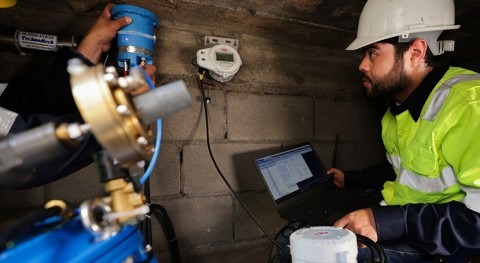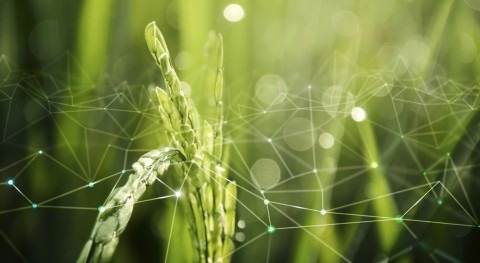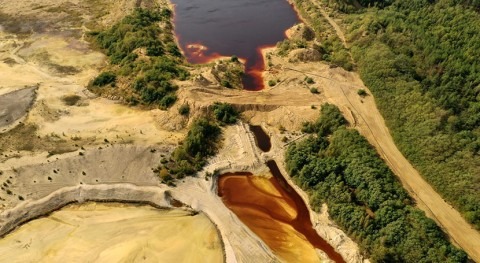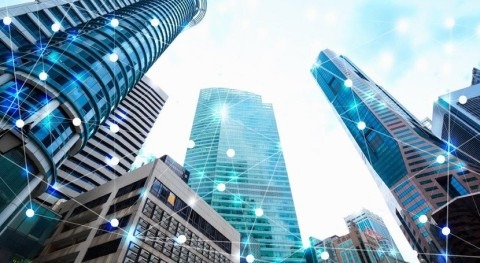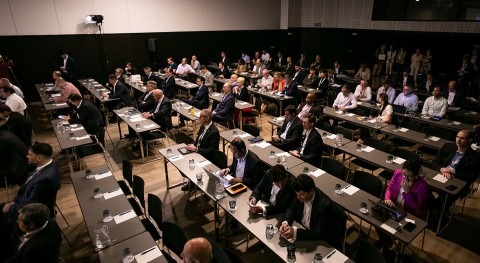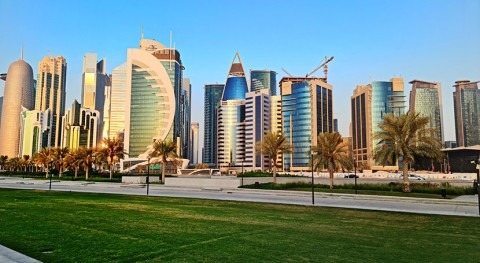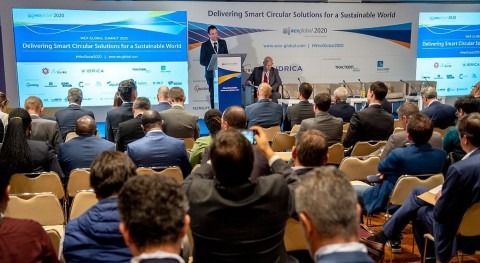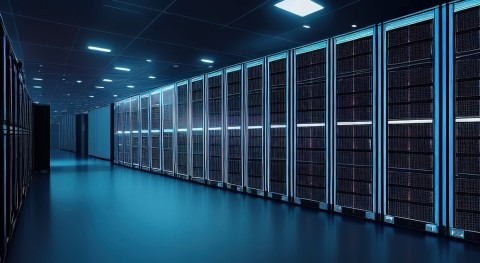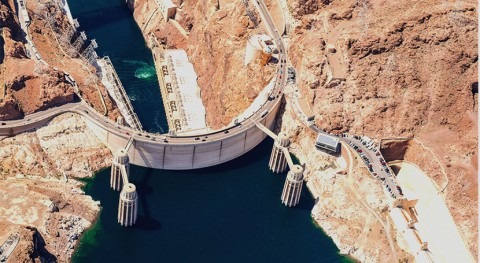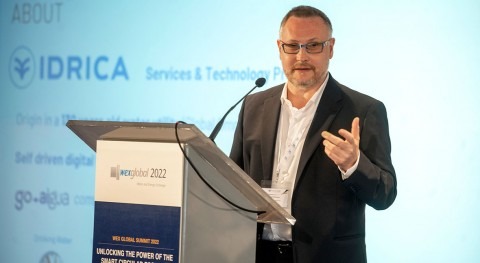By 2050, agriculture will have to feed a population of nine billion people. This means that more water will be needed to produce the 60% extra food that is expected to be required. For this reason, the FAO advocates more efficient, fairer and more environmentally friendly use of water in agriculture. According to the UN's Food and Agriculture Organization, this implies adopting new technologies, modernizing infrastructure, implementing enhanced techniques and encouraging water users to become more involved. It also points out that understanding water better will lead to more informed decisions on the use and reuse of this resource in agriculture.
In this interview with Begoña Tarrazona, Idrica’s Irrigation Specialist, we analyze the status quo of irrigation and assess how we can use technology to move towards sustainable development.
What is the current situation of irrigation and what are the challenges and opportunities on the horizon?
Irrigated agriculture accounts for 20 percent of the world’s total cultivated areas and contributes 40 percent of global food production. In addition, 70 percent of the water consumed around the planet is used in agriculture. While this figure has fallen in recent years with the modernization of irrigation, the growth in global food requirements will bring specific demands for water and energy, causing farming to exert significant pressure on the environment.
However, the benefits of irrigation go beyond providing sufficient, healthy, good quality food for the world's population and supplying the agri-food industry. Agriculture should be considered as a strategic activity because it ensures proper land management and planning and prevents the rural population from moving to urban areas. The way to meet the challenges ahead includes improving competitiveness and using resources and intermediate consumption more efficiently. Another equally as important objective centers on safeguarding the environment as a way to enhance sustainability. This requires optimizing the use of a natural and increasingly scarce resource such as water and boosting energy efficiency.
Agriculture should be considered as a strategic activity because it ensures proper land management and planning
Therefore, we must foster sustainable agriculture by using natural resources more efficiently. To achieve this, it is essential to make the most of technology, research and development, integrating it with the local knowledge in the areas it will be implemented in.
Which technologies are set to have the greatest impact on agriculture in the next five years?
Smart irrigation, which uses technology to address the real water needs of crops, soil moisture and weather forecasts, is a good place to start. Sensors installed in the fields and information from weather stations use technology and advanced algorithms to calculate the frequency and amount of water required and automatically adjust the irrigation programs to cater for these needs. Environmental sustainability is improved by optimizing water consumption which in turn, reduces energy consumption.
Remote sensing also represents a breakthrough in the industry, providing information on the state of the crops without having to deploy assets in the field. Satellite images can map vegetation and soil health by monitoring parameters such as moisture, its photosynthetically active biomass index and nitrification.
Remote reading is another technology that is set to bring a lasting transformation and should also be embraced in the coming years. Reading subscriber meters in real time reduces the billing cycle (which includes reading, billing and collection), and therefore decreases the costs inherent to these tasks, as well as facilitating irrigation association management and boosting competitiveness. In addition, through the application of advanced algorithms and machine-learning mechanisms we will be able to control leaks, fraud and even forecast demand. Understanding consumption patterns helps utilities to operate hydraulic infrastructures more efficiently and streamlines energy use.
GoAigua Irrigation is a modular software platform that processes different data sources, regardless of vendors or technology
In short, the modernization of irrigation infrastructure, the implementation of sensors and the monitoring and automation of assets through the use of technological platforms that include machine-learning algorithms, represent an opportunity for irrigation associations to optimize their resource management and to actively contribute to meeting the FAO's challenges.
How can technological innovation in agriculture be accelerated and what are the main barriers to achieving this?
We need to promote active, sustainable policies, such as modernization and new irrigation systems. The use of irrigation is synonymous with greater economic wealth, higher population density and greater influxes of young people. Irrigation is key to improving the competitiveness of farms, as it generates socio-economic and environmental benefits and combats climate change.
However, none of this will be possible if we do not promote the use of new irrigation systems and technologies among farmers and specialists. To implement technology in farms, it is key to disseminate results about new irrigation systems and technological applications among the service providers that supply the farming industry.
To implement technology in farms, it is key to disseminate results about new irrigation systems and technological applications
The main challenge in trying to equip farms with the most advanced techniques is the need to transfer the necessary technology in such a way that farmers can take full advantage of the investments made.
How does the GoAigua technology platform contribute to improving productivity in farming?
GoAigua Irrigation is a modular software platform that processes different data sources, regardless of vendors or technology. The modules include operations and monitoring, remote reading, leaks, billing, work orders and asset management, and together form a smart, data-driven decision-making system.
The platform is made up of an integrated environment for monitoring and managing customer-operated infrastructures encompassing all the areas that irrigation associations have to manage. This one-stop shop helps to improve water and energy efficiency, reduce operating and maintenance costs, and enhance environmental sustainability. Thus, GoAigua’s technology provides a solution to combat the impact that the increase in global food demand poses to the environment, while boosting farming productivity.
The Global Water Trends 2021 whitepaper analyzes the digital transformation of farming as well as other trends that have marked 2021 in the water industry, such as 5G, data analysis and remote water management.




